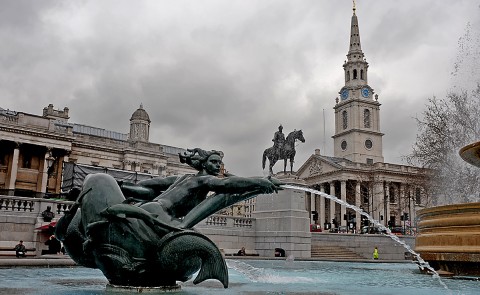When the best of times and the worst of times coincide
At St. Martin-in-the-Fields, we’re living through beautiful, nightmarish days.

The Netflix series The Crown works because its writers grasp a particular aspect of storytelling technique: the interplay of cosmic events with intimate tenderness. One memorable episode, set in 1956, charts Queen Elizabeth’s personal concern that her husband is having an affair with a ballerina. Her public attention focuses on the emerging Suez crisis, which itself combines international relations with a clandestine plot between France, Israel, and Britain. Meanwhile, Elizabeth’s anxieties about her marriage interplay with her sister Margaret’s traumatic search to land a suitable spouse. As the episode draws to a climax, Israeli forces begin their invasion while Elizabeth goes to see the ballerina perform. The effect is exquisite.
Hans Urs von Balthasar describes this effect in his sprawling Theo-Drama. The intimate level is lyric: it’s intense and passionate but also subjective and partial. The public level is epic: it’s objective and wide-ranging but also detached and a little impersonal. When they interweave, the story becomes truly dramatic.
Consider the Passion narratives. On an epic level, Jesus is dealing with the cosmic forces of sin and death and with the powers of the day. On a lyric level, he’s immersed in the fragility of Peter, the perfidy of Judas, the passion of the woman who anoints him, and the faithfulness of Mary and John. The interplay of the two is what makes the scene so powerful.




